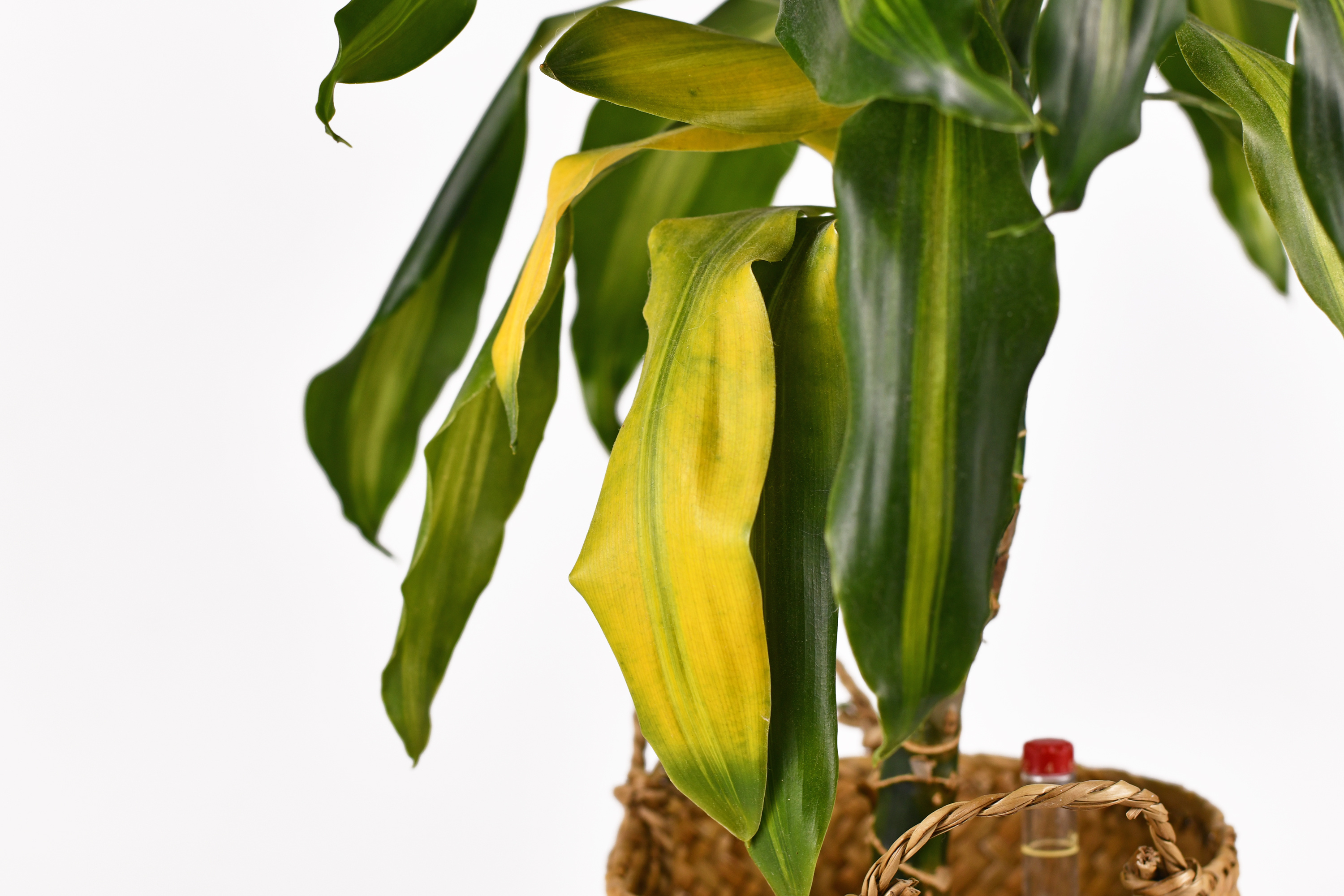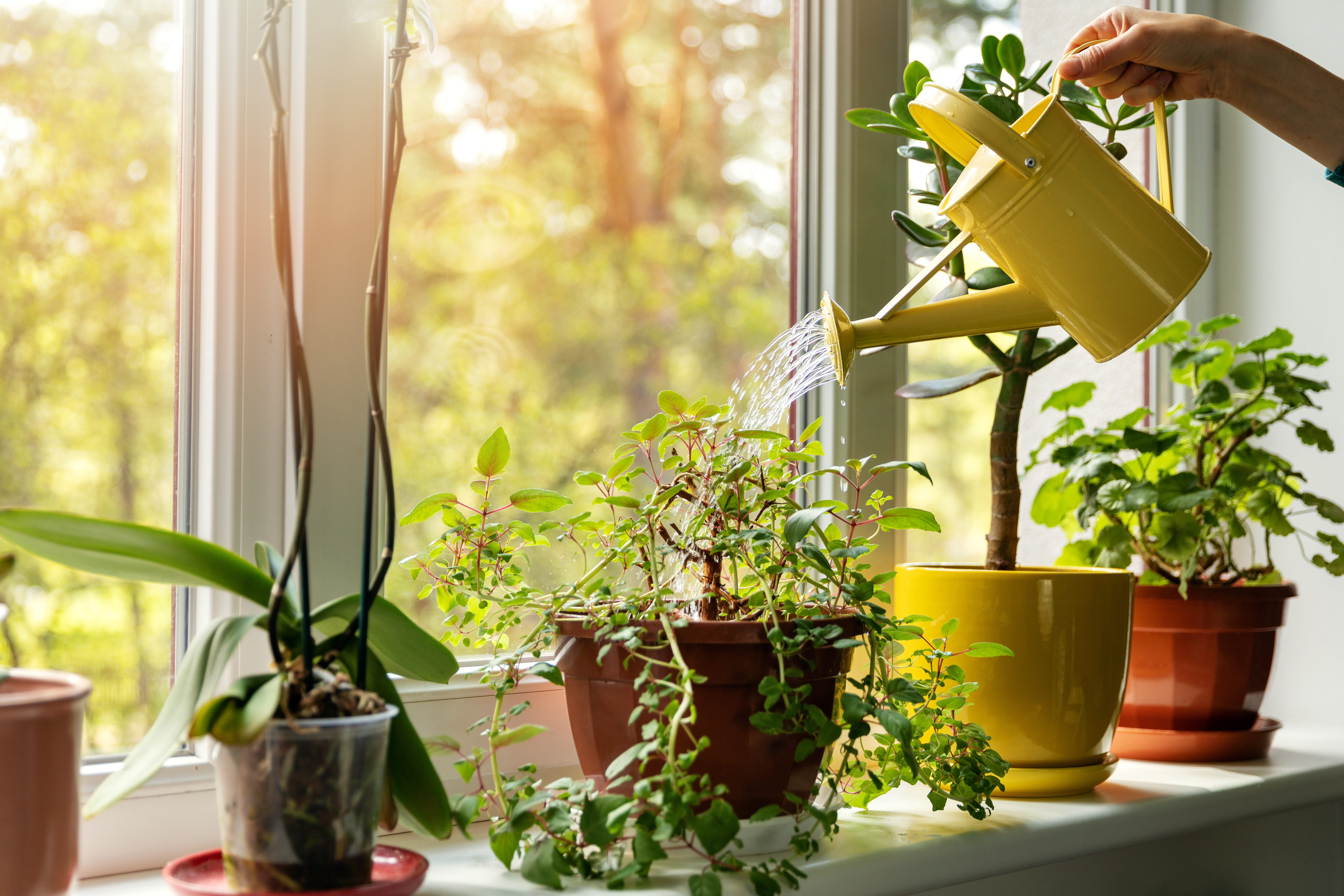Why is this happening?
The correct lighting and watering routine are essential to the health of your plant. Plants require sufficient light to grow well, but it also affects how much water the plant uses. A plant placed in a brighter spot drinks more than the same plant placed in a darker area.
Symptoms
Yellowing leaves
Droopy leaves
Black, wet or dry spots
Yellow border to the healthy tissue
Root rot
Stunted or etiolated pale growth
Stems starts do die off

What to do know
Check the light recommendations for each plant in Planta. If you’re not sure what the light conditions of your sites are, you can use the Light Meter to measure this
Consider moving it to a brighter spot, or put it under grow lights. Acclimate it to brighter conditions slowly, so you don't risk scorching the leaves
Check watering schedule to ensure your plant is receiving the appropriate frequency of water
Remove collected water in outer pot or tray after you have watered your plants
Check drainage. If your pot does not have holes, consider repotting it
Control the soil you are using to ensure it is well-aerated and not too compacted. You can find all the recommended soil types for each one of your plants in Planta
Make sure the pot isn't too tight against the nursery pot. As this can close off the air circulation and cause root rot

Common questions
Is this a common issue?
An imbalance in water and light is often diagnosed when people encounter issues with their plants.
Can I move my plant to full sun?
Yes, if the plant can handle full sun exposure. However, it's advisable to acclimate it gradually to avoid risking leaf scorching.
Why is my plant draining water slowly?
If you observe slow drainage despite having sufficient drainage holes in your pot, there may be an issue with the soil. Check the type of soil you are using, or consider manually aerating it to prevent compaction.